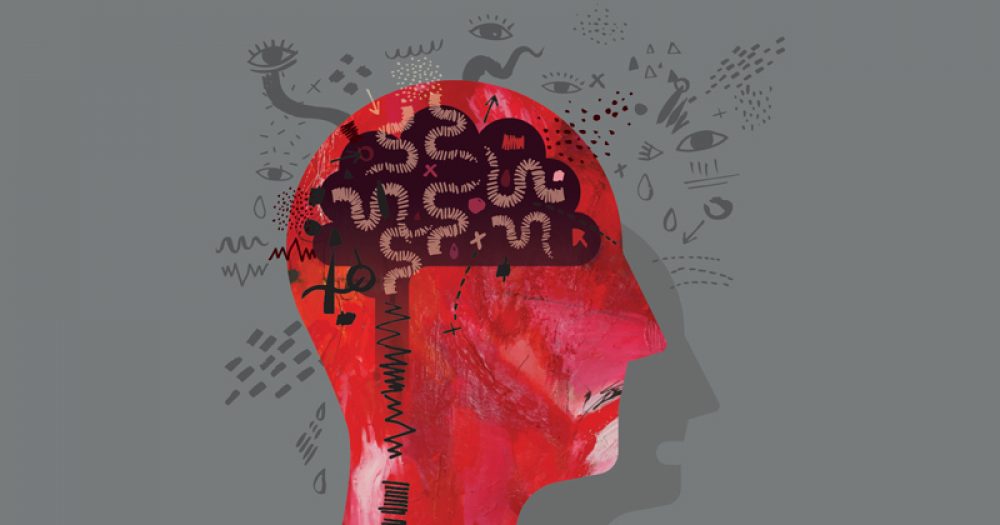Melissa Jane’s recovery from a brain injury that impaired her sensory processing was hard enough. Then lockdowns set her back. Students in her position will find it even harder to get the right support, she explains
Recent research indicates that between 5 and 15 per cent of children may have some form of sensory processing difficulty, whether as a standalone diagnosis or as part of a condition such as autism. But sensory processing and integration is not always well-understood, even by SEN and medical professionals. After a traumatic brain injury two years ago, I developed my own sensory processing problems – and learned first-hand about the everyday challenges many students with similar issues face.
Two months into my brain injury recovery, I was doing my best to leave the house a few times a week, but each very short outing would leave me completely exhausted for days afterwards. Cognitive tests confirmed that there was a reason my trips were so unexpectedly tiring: the injury had caused some damage to the areas of my brain which process sensory input. It wasn’t the walking that was exhausting me, but the sensory experience of the outside world.
Most of the time, we are processing sensory input without even thinking about it: that roar sound is an engine, that swooping object in the sky is a bird, that grey shape in front of us is a lamp post. We don’t need to actively label things, because our brain does it for us unconsciously. When sensory processing is impaired, however, that labelling process is slowed down or stopped altogether.
When you have to process all the sensory input around you manually – using your conscious thoughts to say, “that’s a car” or “that’s a pigeon” – it makes being in the outside world incredibly tiring. During my time in recovery, I got a small sense of how exhausting and frustrating every day must be for our students with sensory processing needs – many of whom will be facing this challenge all their lives.
Your students might not be able to express their sensory discomfort with language
Your students might not be able to express their sensory discomfort with language, and they might look for comfort in ways that seem strange and even annoying to outsiders. When the sensory inputs around you are confusing and unpredictable, sometimes the only way to calm down is with a predictable sensory stimulus – like the reliable tap-tap-tap of a pen.
During my recovery, I was never without noise-cancelling headphones playing songs I’d listened to hundreds of times before. I had several of those fidget toys whose calming effect lies in their repetitive, predictable movement, whether it’s popping or spinning or squashing. These same properties often make these toys maddening to teachers – but the statistics say at least one of those toys in each classroom (and probably more) is meeting a genuine sensory integration need.
After a year of recovery, I was starting to cope much better with the sensory world around me. Then the pandemic hit, and we all spent a year away from big crowds – with all the noises, sights and smells that entails. During that time, my brain got ‘out of practice’ at processing these things. My first forays into outdoor gatherings have been exhausting, and I’ve found myself reaching for my fidget toys and noise-cancelling headphones again. Your students might well be experiencing similar sensory challenges as the world reopens – and it might be difficult for them to pin down or express where they’re coming from.
Unfortunately, another thing I experienced directly was the lack of professional understanding about sensory needs. The NHS occupational therapist overseeing my care wasn’t trained in how brain injury can affect sensory processing, and was convinced that I was reluctant to leave the house because of anxiety. I tried to explain that I was experiencing something different, but it took a long time to make myself heard.
If it was that difficult for me, a SEN professional, to be understood, what must it be like for young people – especially those with communication and language needs? This was the most important take-away from my experience, and the one I’d most like other professionals to understand. We need to be giving our students the opportunity, tools and vocabulary to tell us about their sensory experiences – and to listen when they do.












Your thoughts